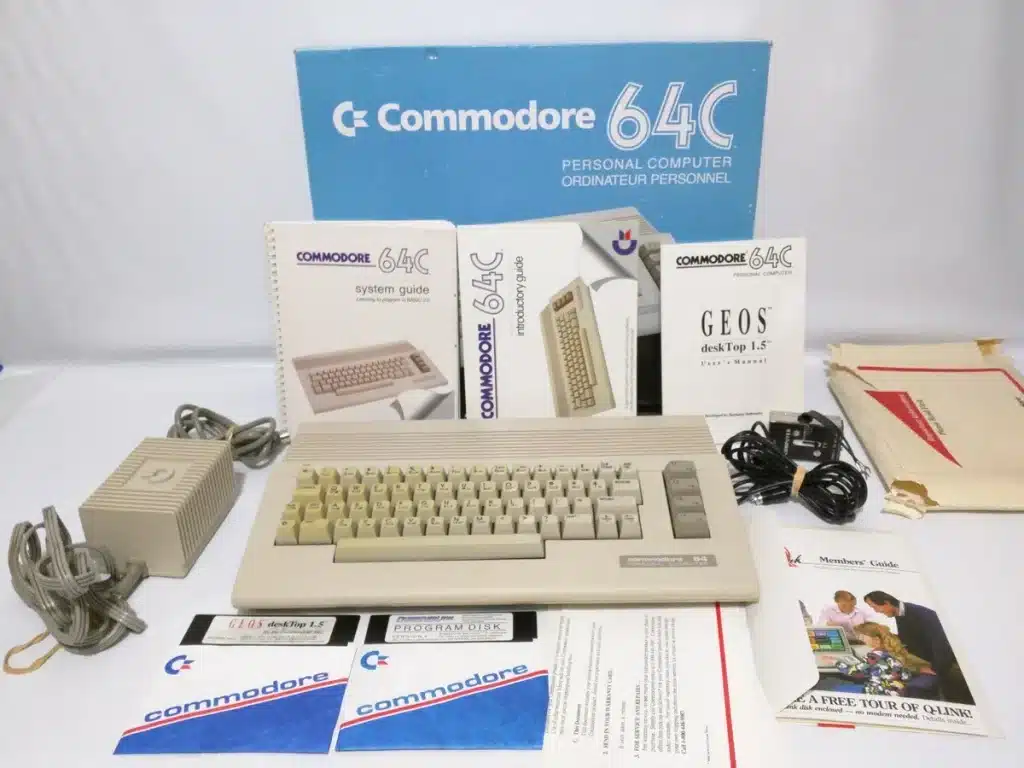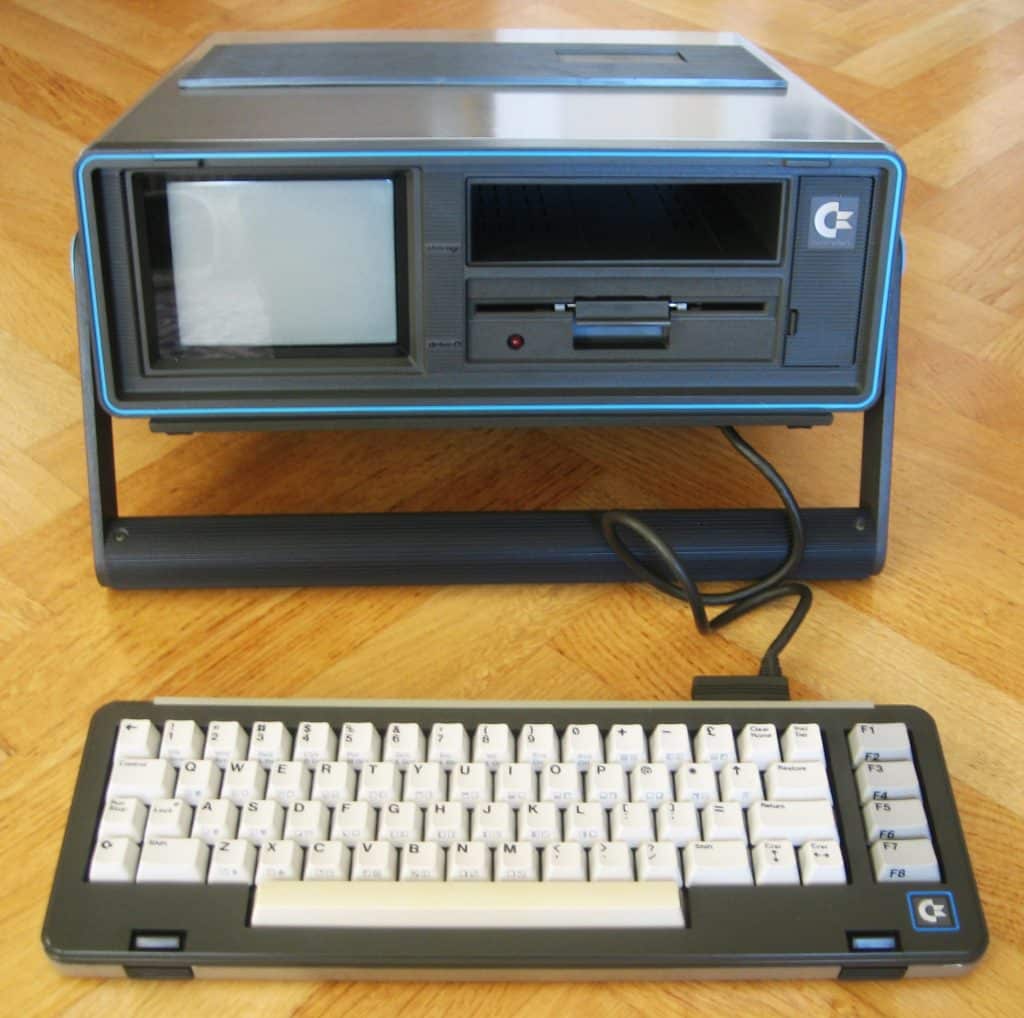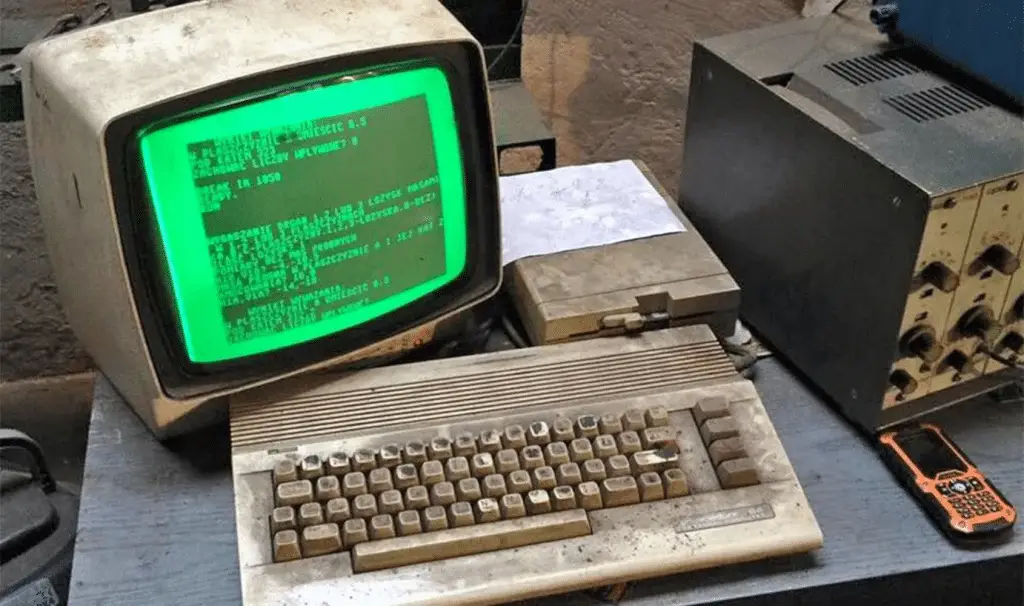If you’re of a certain age, it might bring up a bit of nostalgia to hear the Commodore 64 mentioned in 2024, know that this computer is still important today in the history of computing, This article aims to understand how it was born and why and above all what legacy it left in the modern history of Personal Computers and certainly the Commodore 64 is the computer most iconic of the 8-bit era.
The Birth of the Commodore 64
The Commodore 64 (C64) was born at a time when the home computer market was booming. Designed and manufactured by Commodore International, the C64 was launched in January 1982.
Jack Tramiel, the founder of Commodore, had a clear vision: produce computers accessible to all; it is no coincidence that this vision led to the creation of the C64, a device that became one of the best-selling computers of all time.
The C64 was designed by a small team of engineers led by Robert “Bob” Russell, Robert Yannes, and Al Charpentier. The heart of the C64 was the MOS Technology 6510 microprocessor, an evolution of the MOS 6502, already famous for its efficiency and low cost.
Graphics were handled by the VIC-II chip, while sound, which became legendary for its quality, was the work of the SID (Sound Interface Device) chip, designed by Yannes.
The History of the Commodore 64
After its launch, the C64 quickly conquered the market thanks to its combination of competitive price, processing power, and graphics and sound capabilities superior to the competition. With over 17 million units sold, The C64 became the best-selling home computer in history. Its popularity was fueled by a vast software library, which included games, educational applications, and productivity programs..
In the 1980s, the C64 became a cultural symbol, present in many homes and used in education and work settings; Many software developers began their careers programming for the C64, contributing to its rich library of applications.
Trade in Italy and in the world
The C64 was a global success, but its popularity varied from country to country. In Italy, the computer was welcomed with enthusiasm; Distribution occurred through various channels, including electronics stores and department stores.
The C64 found a special place in Italian homes, where it was used not only for gaming, but also for educational and productive applications.
Worldwide, the C64 became particularly popular in Europe and North America, but also in Australia and other parts of the world. The availability of software in several languages contributed to its international diffusion.
Physical Media: Datassette and Floppy Disk
The C64 mainly used two types of physical media for loading and saving data: the Datassette and the floppy disk.
- Dataseven: The Datassette was a cassette recorder developed specifically for the C64. It used common audio cassettes to store data. Although inexpensive, it was notorious for its slowness, often requiring several minutes to load a single program.
- Floppy disk: The floppy disk drive, model 1541, was a faster and more reliable option than the Datassette; the 5.25-inch floppies could hold about 170 KB of data and allowed for faster access to programs and games. However, the 1541 drive was also relatively expensive, making the Datassette a more common choice for many users.

The Commodore 64 variants
Over the years the Commodore 64 has had several variants, here are which ones.
Commodore 64C
During its long life on the market, the Commodore 64 saw several variations and updates that improved its performance and expanded its functionality. The first significant variation was the Commodore 64Claunched in 1986.

This model featured a more modern and compact design, with an improved keyboard and an updated motherboard that reduced its production costs.
Commodore 64G and Commodore 64GS
Subsequently, the Commodore 64Ga budget version sold mainly in Europe. In 1990, Commodore launched the Commodore 64GS (Game System), a game console based on the C64 but without a keyboard and designed to use game cartridges.

Although it was not a great commercial successthe C64GS represented Commodore’s attempt to enter the console market.
Commodore SX-64
Finally, the Commodore SX-64also known as the Executive 64, was the first color portable computer. With a built-in 5-inch screen, a floppy disk drive, and a detachable keyboard, the SX-64 offered a portable version of the classic C64, although it was quite heavy and expensive.

These variants helped keep the C64 relevant in a rapidly evolving market and meet the varying needs of users.
The first real gaming PC?
The C64 is often considered one of the first true gaming PCs. With its advanced graphics capabilities and exceptional sound quality, the C64 offered a gaming experience superior to many other computers of the time. Games like “The Last Ninja“, “International Karate” And “Summer Games” became iconic titles, taking full advantage of the potential of the C64 hardware.
Is it still used?
Despite its age, the C64 continues to have a community of enthusiasts and collectors. Many retrocomputing enthusiasts still use the C64, both for nostalgia and for the pleasure of programming on a historic platform; furthermore, there are modern emulators that allow you to run C64 software on contemporary hardware.
Linux on Commodore: Amazing, but it’s possible!
Surprisingly, it is possible to get a version of Linux on a Commodore 64a feat that demonstrates how versatile and adaptable this historic computer is.
Although the C64 is extremely limited in terms of hardware compared to modern computers, some hackers and enthusiasts have managed to port a minimal version of Linux to this platform. Using stripped-down versions of the kernel and extreme optimizations, it is possible to perform basic operations on a rudimentary Linux system.
This achievement is not only a demonstration of Linux’s ability to adapt to extremely limited hardware, but also a tribute to the durability and flexibility of the C64. The entire process requires a high level of technical expertise and a deep understanding of the C64 architecture, making it a fascinating project for retrocomputing enthusiasts.
The Commodore 64 can also surf the Internet!
Another remarkable feat is the Commodore 64’s ability to connect to the Internet. Thanks to modern adapters and specially developed software, the C64 can surf the web, send and receive emails and even participate in online chats.
Ethernet adapters or serial modems, together with software like Contiki, allow the C64 to connect to modern networks.
Contikian open source operating system for low-powered devices, includes a web browser and email client, giving the C64 the ability to interact with the online world.
Although the browsing experience is very limited by today’s standards, being able to connect a computer from the 80’s to the Internet demonstrates the incredible versatility and continued relevance of the Commodore 64 in the world of technology.
The Polish Workshop That Still Uses Commodore 64
A notable case of modern use of the C64 is that of a workshop in Poland, which still uses this historic computer to manage some of its operations.
This workshop uses the C64 to control its repair equipment, demonstrating the robustness and reliability of this computer, capable of functioning effectively even after decades.

Conclusion
The Commodore 64 is not just a piece of technological history, but a cultural icon that has influenced millions of people around the world.
Its combination of accessibility, power, and a vast software library made it one of the most beloved computers of all time and remains so today. The Commodore 64 continues to be celebrated and used, proving that its impact is far from forgotten..
#Commodore #History #Legacy #Todays #World